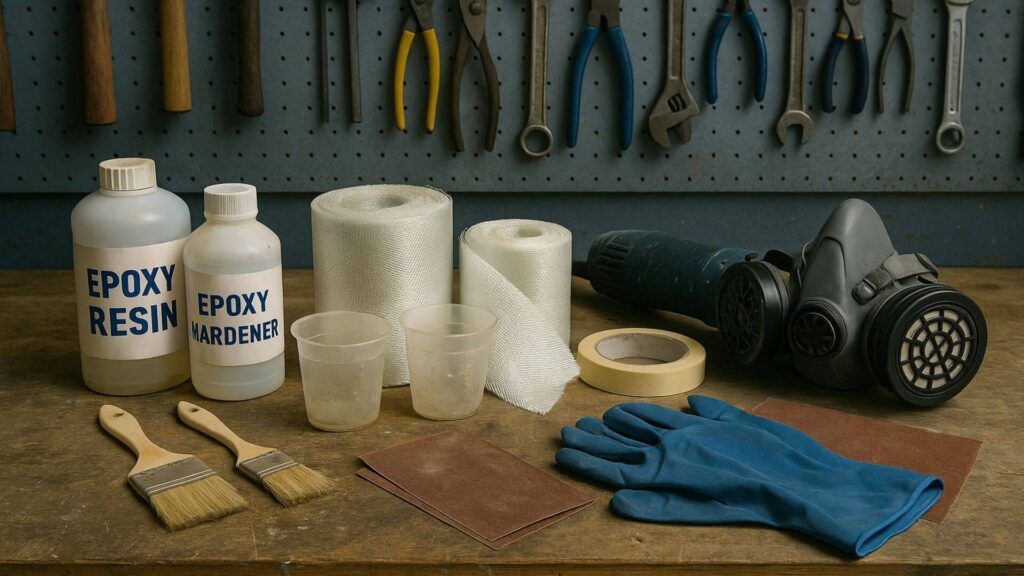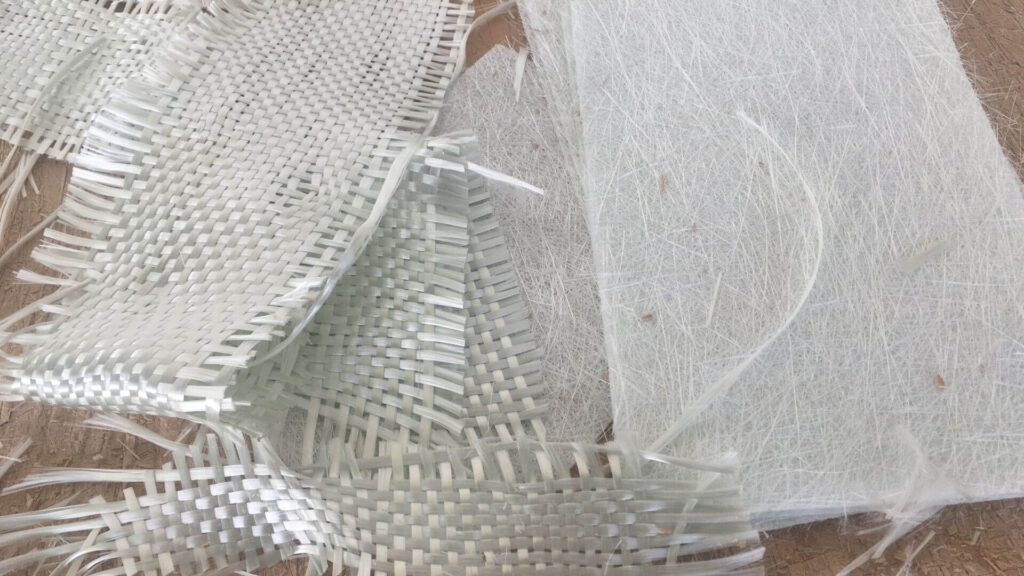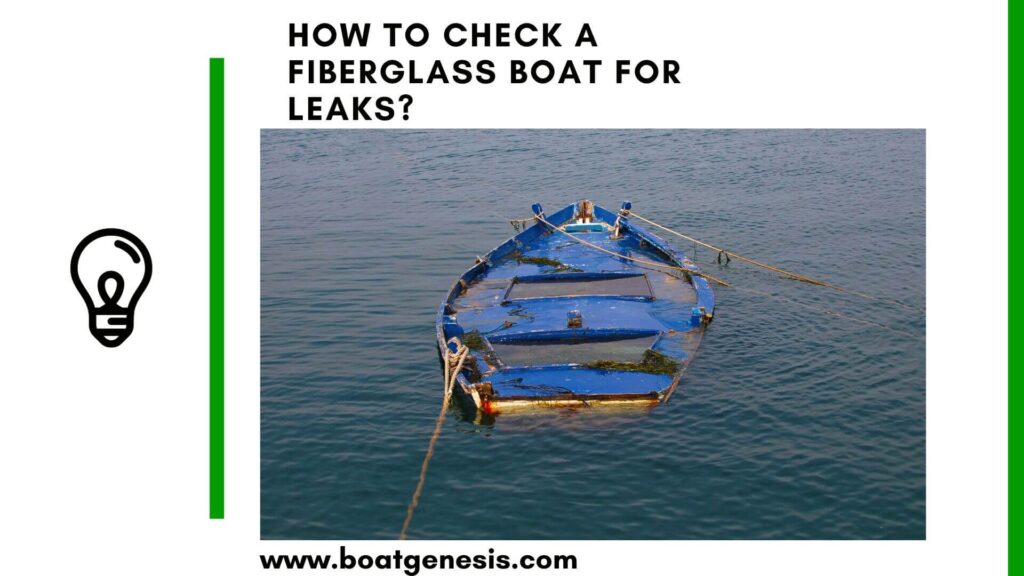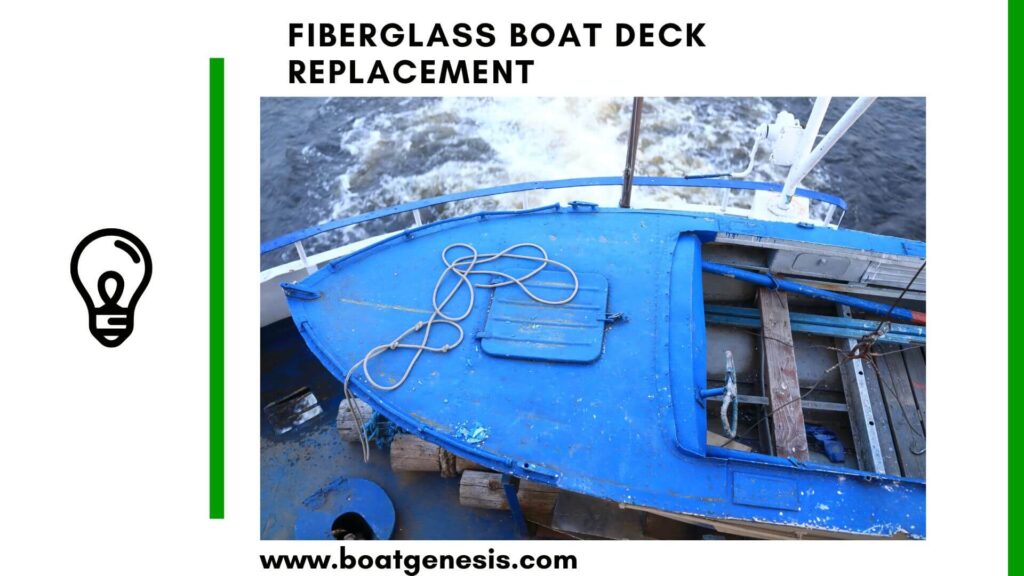Fiberglass boat keel repair might sound intimidating, but it’s a skill every boat owner should have in their toolkit.
Whether you’ve scraped a rocky bottom, run aground, or simply noticed wear and tear, addressing keel damage quickly will keep your boat safe, efficient, and looking good.
In this guide, you’ll learn everything about fiberglass boat keel repair—from diagnosis to the final coat of paint. We’ll break down the process in simple steps, share expert tips most pros skip, and help you avoid common pitfalls.
Key Takeaways
- Early repair prevents bigger, costlier problems.
- You can fix most fiberglass keel damage yourself with basic tools.
- Proper prep and materials are crucial for a lasting repair.
- We’ll cover pro tips not found elsewhere—like moisture testing and long-term protection.
- Key Takeaways
- Why Fiberglass Boat Keel Repair Matters
- Spotting Keel Damage: What to Look For
- Common Causes of Keel Damage
- Tools and Materials You’ll Need
- Step-by-Step Fiberglass Boat Keel Repair
- Advanced Tips for a Professional-Grade Keel Repair
- What Most Pros Miss
- Beyond the Basics: Preventing Future Keel Damage
- When to Call a Professional
- FAQs About Fiberglass Boat Keel Repair
- Final Thoughts
- Final Key Takeaways
Why Fiberglass Boat Keel Repair Matters
Your boat’s keel is more than just a structural backbone—it’s the first line of defense against underwater hazards and plays a huge role in stability.
Even minor dings can lead to water intrusion, delamination, or costly structural issues down the road.
That’s why understanding fiberglass boat keel repair is essential for every boater. Fixing issues early means less money spent, more time on the water, and peace of mind.
Spotting Keel Damage: What to Look For
Before you can repair, you need to know what you’re dealing with. Here’s how to inspect your keel:
- Visual Inspection: Look for cracks, chips, gouges, and exposed fiberglass strands.
- Feel for Soft Spots: Press along the keel. Softness can mean delamination or water intrusion.
- Check for Moisture: Use a moisture meter or tap test to find hidden wet areas.
- Inside the Hull: Inspect the keel joint from inside the boat for cracks or stress marks.
Pro Tip: Mark all damage with a wax pencil before starting repairs.
Common Causes of Keel Damage
Understanding how keels get damaged helps you prevent future issues:
- Groundings: The most common cause—accidental contact with rocks or sandbars.
- Trailer Rash: Scrapes from loading or unloading on trailers.
- Aging: UV, water, and general wear break down fiberglass over time.
- Improper Repairs: Old, poorly done repairs can fail and cause new problems.
Tools and Materials You’ll Need

You don’t need a fancy workshop to tackle fiberglass boat keel repair. Here’s a simple checklist:
- Safety gear (gloves, goggles, respirator)
- Sandpaper (60-220 grit)
- Angle grinder or rotary tool (for large repairs)
- Fiberglass cloth or mat
- Epoxy resin and hardener
- Marine filler or fairing compound
- Acetone or marine cleaner
- Mixing cups and stir sticks
- Putty knife or spreader
- Painter’s tape and plastic sheeting
- Primer and marine paint
Optional but helpful: a moisture meter, heat gun, and a shop vacuum.
Step-by-Step Fiberglass Boat Keel Repair
1. Prep the Area
- Clean Thoroughly: Remove all dirt, grease, and marine growth. Use acetone or a marine cleaner.
- Dry the Keel: Moisture is the enemy. Let the area dry for at least 24 hours. Use a heat gun if needed.
- Mask Off: Use painter’s tape and plastic to protect the surrounding hull.
2. Grind and Sand
- Remove Damaged Fiberglass: Use a grinder or coarse sandpaper to cut away loose or cracked material. Feather the edges so the repair will blend in.
- Rough Up the Surface: Sand at least 2-3 inches beyond the damaged area for better adhesion.
3. Assess for Deeper Issues
- Check for Delamination: Tap with a coin—dull sounds mean delamination.
- Inspect for Water Intrusion: If the core is wet, let it dry completely before proceeding.
4. Lay Up Fiberglass

- Cut Fiberglass Cloth: Cut several layers, each slightly larger than the last.
- Mix Resin: Follow the manufacturer’s instructions exactly.
- Apply Layers: Wet out the area with resin, apply the smallest patch, saturate with more resin, and repeat until the area is built back up.
- Smooth Bubbles: Use a roller or spreader to remove air pockets.
5. Fair and Finish
- Sand Smooth: Once cured, sand the patch flush with the surrounding keel.
- Apply Fairing Compound: Fill any low spots and sand again for a seamless finish.
- Prime and Paint: Apply marine primer, then finish with a tough, UV-stable marine paint.
Advanced Tips for a Professional-Grade Keel Repair

1. Layering for Strength
When laying up fiberglass, alternate the direction of the weave in each layer. This crisscross pattern boosts overall strength and resists future cracking. Use at least three layers for minor chips, and up to six for deeper gouges.
2. Tapering the Repair
Instead of a sharp edge, always feather the edges of your repair area. Tapering the repair (think: a gentle slope rather than a step) ensures the new fiberglass blends seamlessly and doesn’t create a weak spot. This detail is often overlooked but makes a huge difference in durability and appearance.
3. Avoiding Amine Blush
Epoxy can leave a waxy residue called “amine blush” as it cures, especially in humid conditions. Before sanding or painting, wash the repair area with warm water and a Scotch-Brite pad.
This simple step prevents adhesion issues with your paint or fairing compound.
4. Monitoring for Osmotic Blisters
After repair, keep an eye out for small bubbles or blisters under the paint—these can indicate osmotic blistering, a common problem in fiberglass keels exposed to water.
If you see them, sand down to the glass, dry thoroughly, and reapply an epoxy barrier coat.
What Most Pros Miss

Moisture Management
Most guides skip this, but moisture is the #1 reason repairs fail. Always check for hidden water in the keel. If you find moisture, drill small vent holes and let the area dry out for several days. Use a heat gun or dehumidifier if needed.
Long-Term Protection
- Keel Guards: Consider installing a keel guard after your repair to prevent future damage.
- Barrier Coats: Add an epoxy barrier coat under your paint to protect against water intrusion.
- Check Annually: Make keel inspection part of your yearly maintenance.
Matching Gelcoat Color
Matching the original gelcoat is tricky. Bring a sample to your marine supplier, or use a color-matching kit for a near-perfect finish.
Repairing Deeper Structural Damage
If you find cracked stringers or keel bolts, consult a professional. Structural repairs are best left to experts.
Beyond the Basics: Preventing Future Keel Damage
- Use a Trailer with Bunks: Rollers can cause pressure points.
- Avoid Beaching: If you must, use a keel guard.
- Regular Inspections: Early detection is key.
When to Call a Professional
While most fiberglass boat keel repairs are DIY-friendly, there are times when you should call in a marine professional:
- The damage extends into the hull or stringers.
- The keel bolts or ballast are affected.
- You’re dealing with persistent leaks or structural flexing.
- You’re unsure about any step—better safe than sorry.
FAQs About Fiberglass Boat Keel Repair
Can I use polyester resin instead of epoxy?
Epoxy is stronger and bonds better to old fiberglass. Use epoxy for keel repairs.
How long does the repair take?
Most repairs can be done in a weekend, but drying time is crucial.
Is it safe to use my boat right after repair?
Wait at least 48 hours for full cure before launching.
What if I see bubbles after painting?
That’s a sign of trapped moisture. Sand, dry, and repaint.
Final Thoughts
Fiberglass boat keel repair is more than a weekend project—it’s an investment in your boat’s future.
By understanding the process, using the right materials, and paying attention to the details most pros skip, you’ll extend the life of your boat.
Remember, the key to a successful repair is patience. Allow time for each layer to cure, double-check your work, and don’t rush the drying phase. The reward? A keel that’s as strong as the day your boat left the factory.
If you ever feel overwhelmed, don’t hesitate to consult a professional or refer to detailed guides like this DIY fiberglass repair guide.
Final Key Takeaways
- Act fast: Small keel repairs now prevent major problems later.
- Use quality materials: Epoxy resin and marine-grade fiberglass are worth the investment.
- Prep is everything: Clean, dry, and sand thoroughly for a lasting repair.
- Document your work: Keep a maintenance log for future reference.
With this guide, you’re ready to tackle fiberglass boat keel repair like a pro.

Founder of BoatGenesis, Warren has hands-on experience in fiberglass boat repairs, marine equipment testing, and powerboat building. Learn more about Warren.




